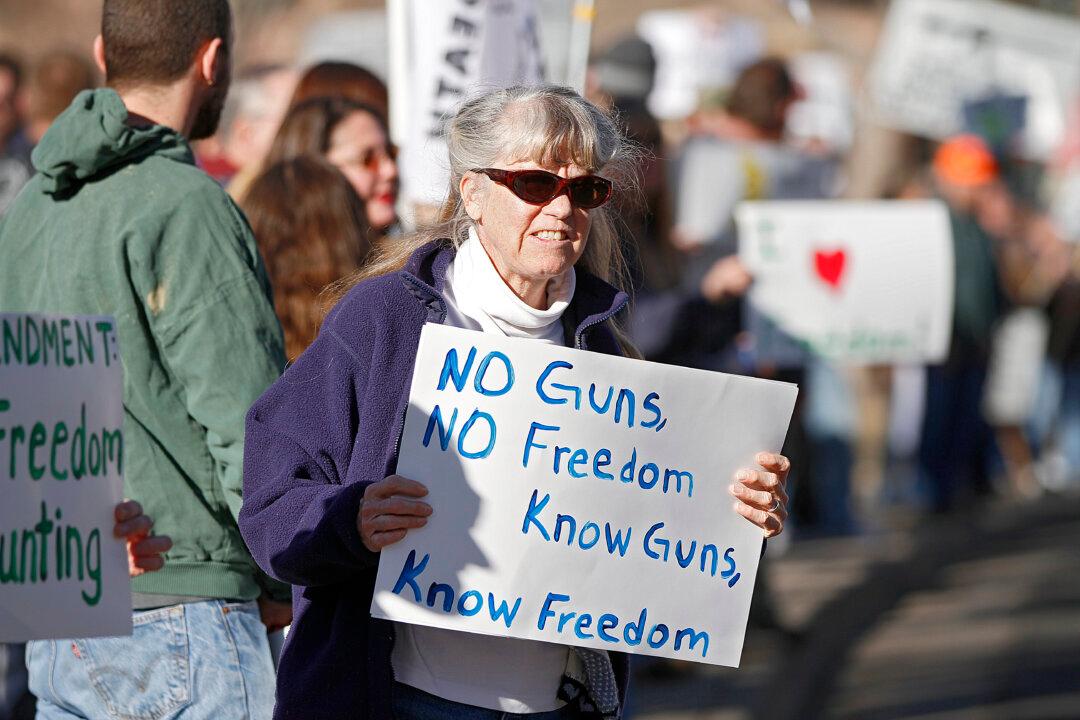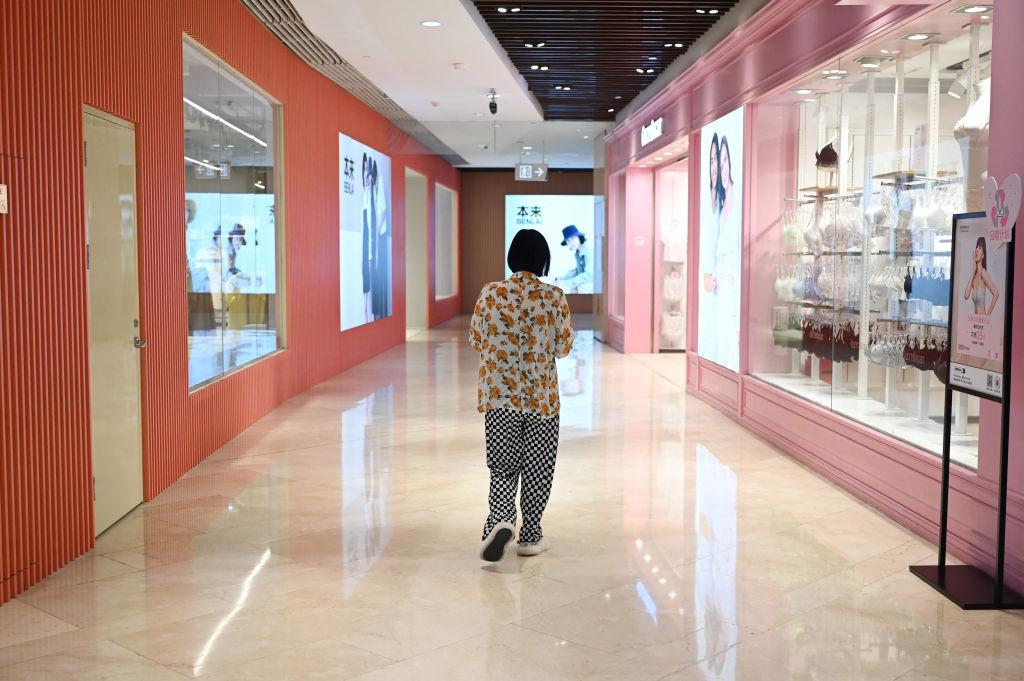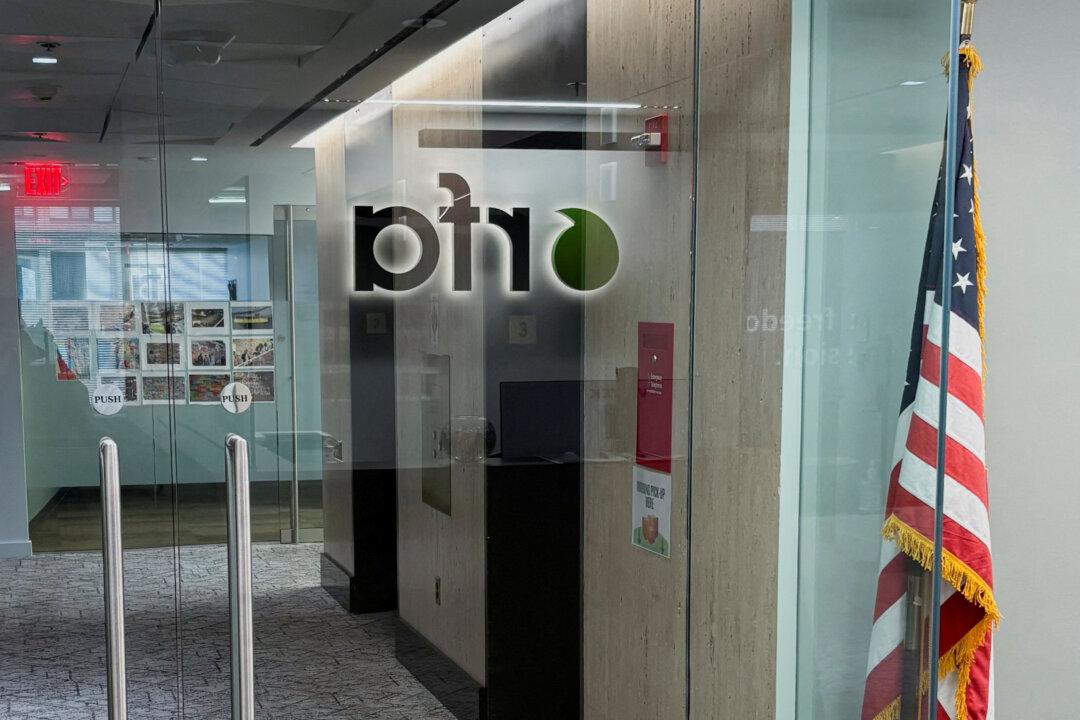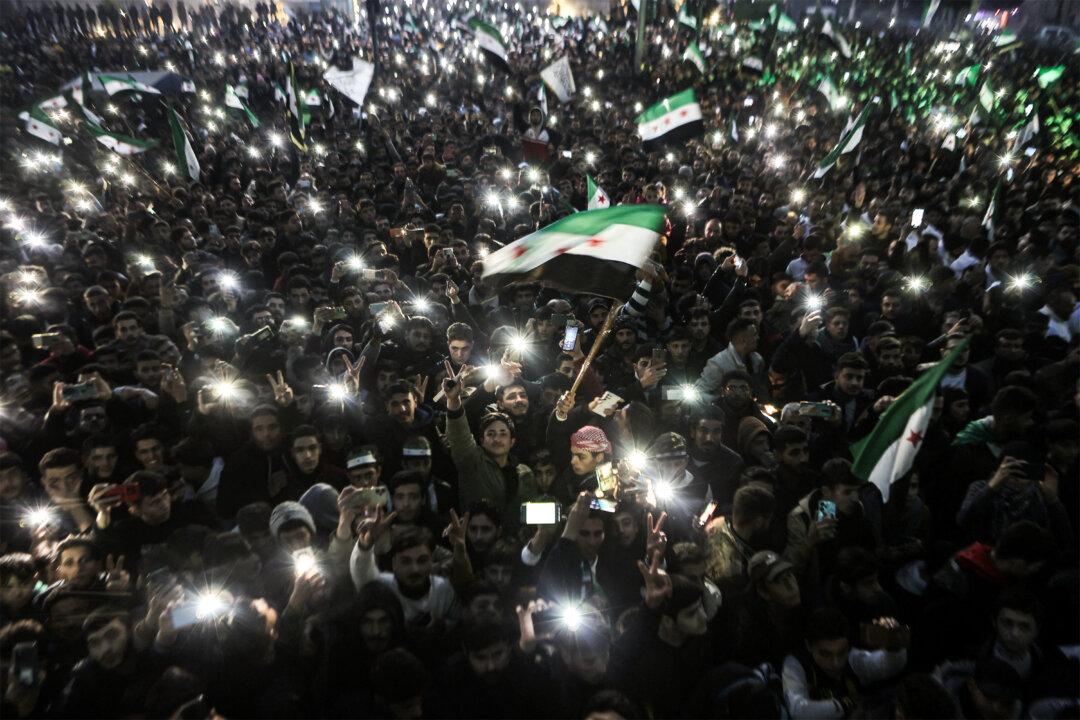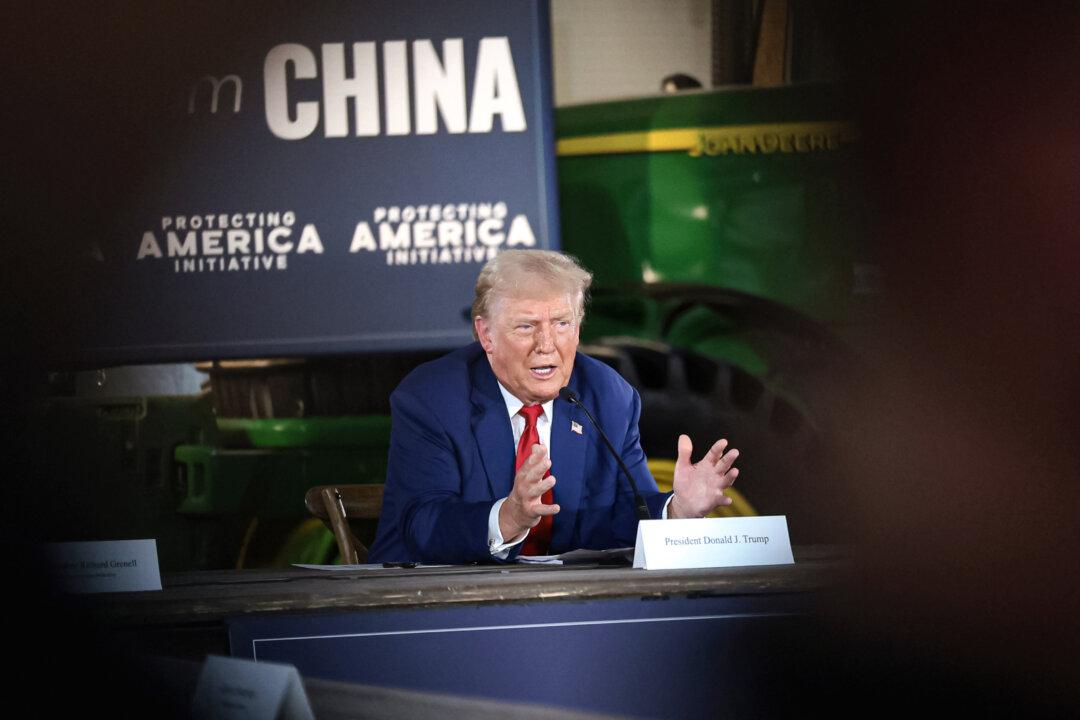Commentary
I have many Tibetan friends. Whether in Tibet in the past or later in the United States, when Tibetans tell the story of their families during the period in which the Chinese Communist Party (CCP) entered Tibet, many of them usually begin with the same event: the full-scale confiscation of guns.
